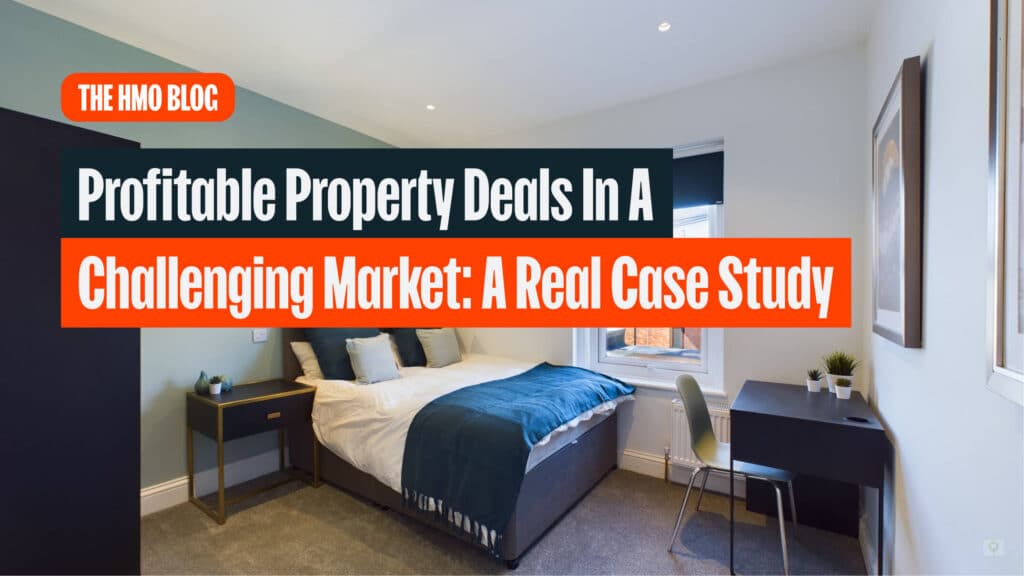
Photo by Hayhurst Estates
I want to share a case study that proves profitable property deals are still out there, even in today’s market!
I’m often asked for real examples like this, so I’ve chosen this property as a case study because it’s accessible, not in Article 4, and the works didn’t require planning permission. The purchase price wasn’t too high either, so it’s a good example of what can be achieved without too much capital. It’s located in Luton, which is also ideal for investors in the South who don’t want to travel too far. All the figures are given in percentages, making it easy to apply the same logic to other areas if you’d like to see how the numbers work more generally.
The Background
The clients first came to me with a property like this one, and since then we’ve replicated the same model several times in the area, it’s now a tried and tested method. The figures vary slightly each time, but not by much.
They purchased this particular property for £230,000. It was a run-down Victorian mid-terrace in need of some work. They spent £135,000 on the refurbishment, which included a loft conversion and a small rear extension to expand the communal space.
We lent the clients £152,000 towards the purchase, just under 67% loan to value (LTV). That’s fairly typical for a refurbishment loan; sometimes we can reach 75% net on day one, depending on the deal’s profitability. The gross loan was capped at 65% of the end value, which included the initial advance, refurbishment costs, all fees, and interest.
Funding and Costs
For this deal, the clients contributed a £78,000 deposit. They also covered legal fees, a valuation fee, broker fees, and stamp duty. We suggest that clients keep around £25,000 available to start works, as refurbishment funds are paid in arrears, though this money is reimbursed later.
The clients borrowed the full refurbishment amount (paid in arrears) and completed all works in six months, just as planned.
Refinance and Results
Once the works were completed, we refinanced the property. We always try to use the same valuer from the bridging stage, as it provides more certainty about the end value. As this was now a six-bedroom property, we chose our lender carefully to make sure we achieved the required investment valuation. This is key for these kinds of projects, ensuring there’s enough to repay the bridge at the end.
It’s also worth remembering that the rate on these products is typically higher than a standard HMO mortgage, so bear that in mind when calculating costs.
We refinanced at 75% of the new open market value. The valuer initially gave us a GDV of £540,000, but the final fully-let value came in at £560,000. That gave the clients a £420,000 loan. They repaid £351,000 to the bridging lender, leaving around £69,000 (minus costs), not far off their initial outlay.
They now own an asset bringing in £55,000 gross rent per year, which is an excellent outcome.
Final Thoughts
With higher interest rates and increased development costs, many people think good deals are gone. But this example shows that with the right property and project, things can still work out very profitably.
I’ve kept this example simple, but it’s similar to what can be achieved in many locations if you pick the right deal.
As always, please let me know if you have any questions or want to talk through an idea. It’s never too early to engage with your broker! Book a call with me here.

About the Author:
Ellie Broadhurst is a specialist mortgage broker working at Baya Financial in partnership with The HMO Roadmap. She works with HMO property investors throughout their journey, from clients starting on their first project through to experienced portfolio landlords and developers. Learn more about Ellie here.